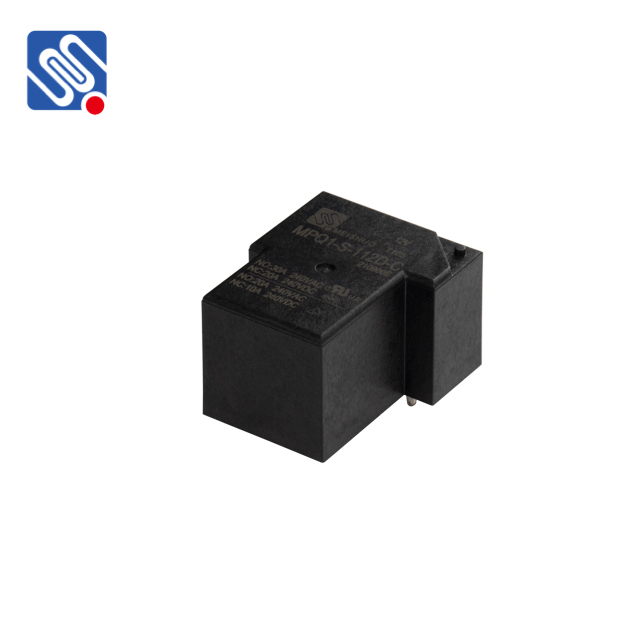A 12V DC relay is a crucial component in the field of electrical and electronic control systems. It serves as an intermediary between a low-voltage control signal and a higher voltage or current load, offering an efficient solution for switching circuits with electrical isolation. The versatility of 12V DC relays makes them an indispensable part of various systems, from automotive applications to home automation. In this article, we will delve into the function, types, applications, and benefits of 12V DC relays.

What is a 12V DC Relay? A relay is an electromechanical device that allows one circuit to control another while maintaining electrical isolation between the two. In the case of a 12V DC relay, it is designed to operate with a 12V direct current (DC) supply to control higher voltage circuits. The relay consists of several essential components: a coil, a set of contacts, and an armature that is controlled by the magnetic field generated when the coil is energized. When a 12V DC voltage is applied to the relay’s coil, it generates a magnetic field that causes the armature to move, either opening or closing the contacts. This switching action allows the relay to control a high-power circuit (such as a motor, light, or heating element) using a low-power signal. The key advantage of this mechanism is that it enables a low-voltage, low-current control signal to control devices that require higher voltage or current.